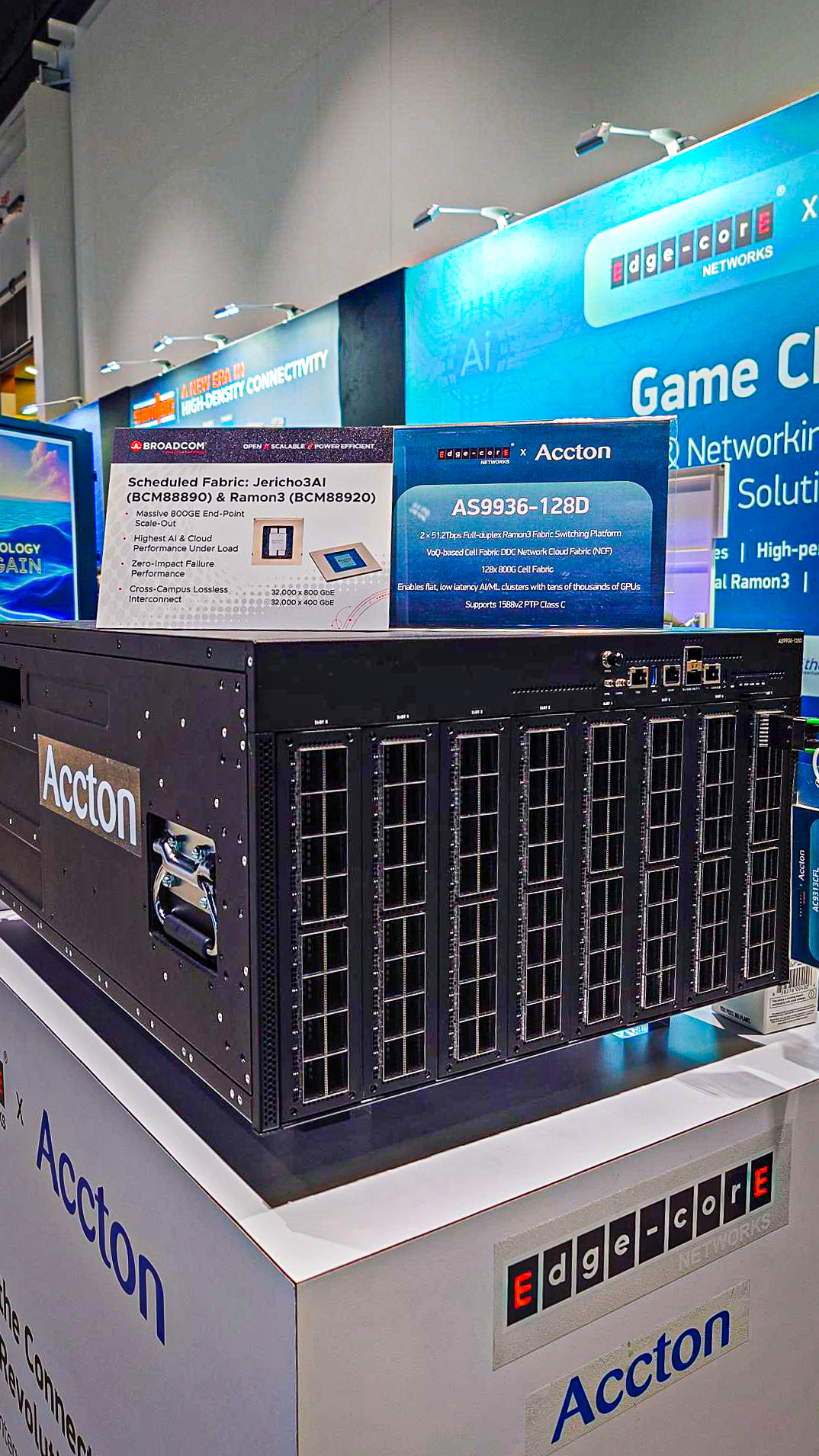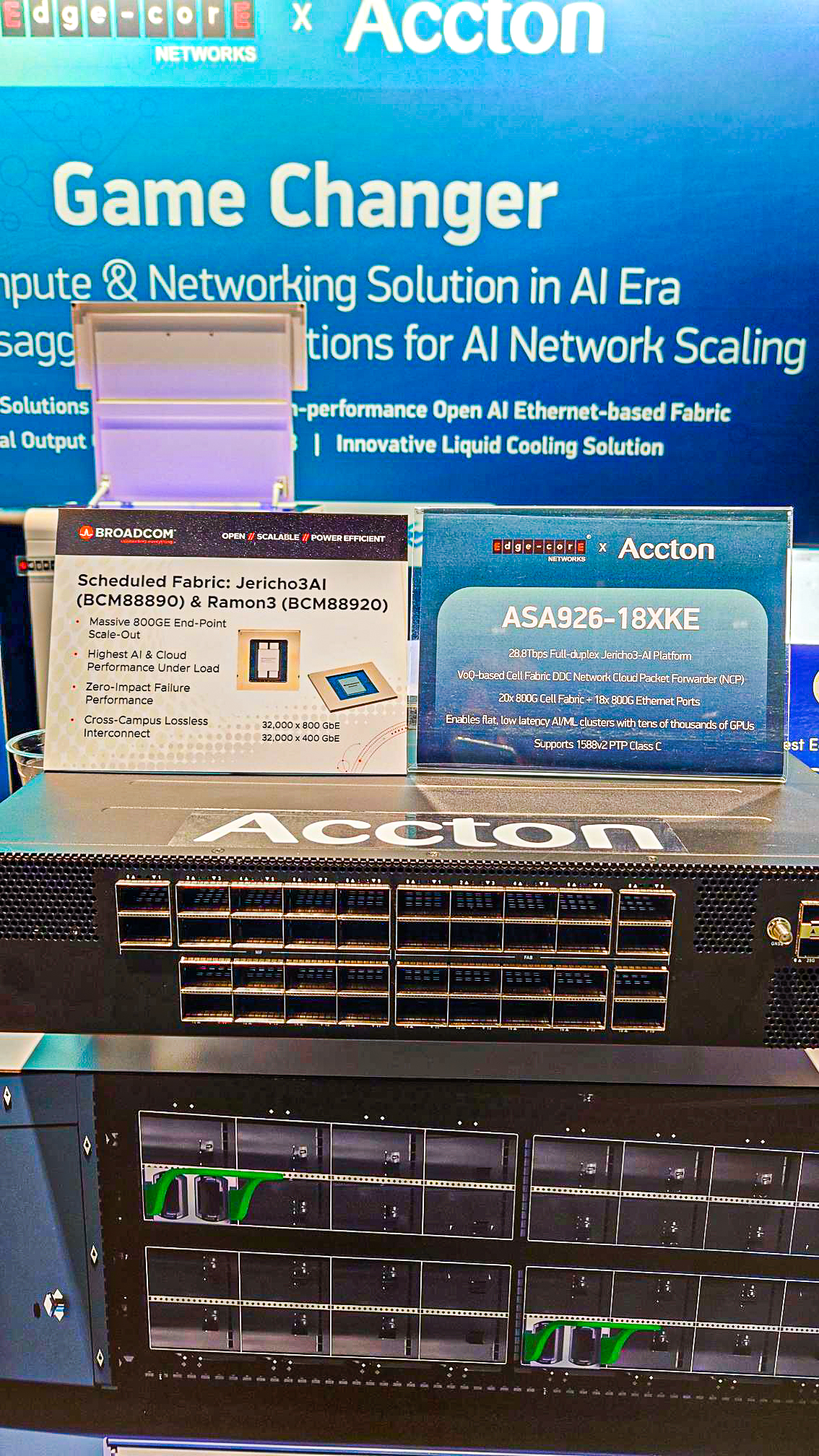
From Green Grid to Open Computing Project: A Commercial Success!

Written by Mark Harris
Published on October 29th, 2024
Two weeks ago, the annual OCP Global Summit was held in San Jose, with a crowd that approached 7000 people. It was humbling to see the amount of commitment to “doing IT better”. What some would say started out in 2007 as the Green Grid Consortium focused on energy efficiency as its primary reason to exist, quickly spun-out into a movement by Facebook (now Meta) to re-write the entire complexion of their computing platform. In 2009, Facebook called it “Project Freedom” as it enabled them to break the ties to the traditional infrastructure suppliers at scale.
What Green Grid did was call attention to the energy inefficiencies inherent to general purpose servers, storage and networks when used for specific applications at scale. Every feature and fan inside a device that was not needed for their computing function was essentially wasted energy. So, after a few years of figuring out what energy consumption would look like if you started with a blank canvas, they also realized that the fundamental costs of computing would decrease if you eliminated the ‘unneeded’ stuff and made computing a true “open” commodity.

By 2011, Facebook had made enough progress in their blank canvas approach that they invited a few of the other Hyperscalers and high-end enterprises to join in the discussions. OCP was born! (Meta is still by far the largest contributor to OCP today, with about 500 contributions to date). OCP’s goal was to leverage the ‘open’ community to design a new platform that eliminates waste, to standardize computing, storage, network connectivity, power distribution, cooling strategies, and everything else that makes processing at scale possible. And by making the resulting OCP platforms open source, the OCP community would bring the best of the best to the table, leveraging all of the bright ideas from its membership knowing they participated in the future.
Now more than a dozen years after OCP was formed, we can ask the question: “Did it work?” Well, in a nutshell, YES! Hundreds of enterprise-class companies are running big chunks of their production infrastructure based on the open technologies spearheaded by the OCP movement. IHS Markit estimated in 2018 that $2.5B in OCP infrastructure was purchased that year by companies OTHER than the founding members (Facebook, Goldman, Rackspace, Intel and Microsoft). If we add in those huge hyperscalers, and then double the number to get 2024 projections, you can estimate $10Billion or more OCP products purchased in 2024. And the impact of OCP doesn’t stop there. Microsoft Azure Cloud is based upon the open switching O/S called SONiC, which they contributed to the open source community in 2016. Hundreds of other Enterprises have adopted SONiC as well resulting in an estimated 60% decrease in networking costs for large enterprises. The net-net of OCP: Huge savings in a simplified “open” world.
At the recent OCP Summit 2024 and the Open Network User Group meetings both held in October, we saw Enterprise company after company talking about the use of open computing as part of their production infrastructure. Their stories were simple and aligned: Data centers are the heart of the new “AI” digital age and are undergoing a significant transformation which has not been seen previously. Most if not all F250 companies have Initial open compute production projects that are underway today and they believe large-scale adoption within the rest of their organization over the next two to three years. They have crossed the bridge and are transitioning away from the traditional, proprietary model, in favor of this OCP-inspired open and flexible approach.
Driven by the growing demand for cost savings, risk reduction, unlimited scalability, energy efficiency, and innovation, the choice of “Open” unlocks unprecedented and in many cases highly competitive opportunities for their organizations over the long term. Open is not just a good idea, it’s fiscally responsible for today’s enterprises and hyperscalers.


Related Link(s)
🔹 View more about Accton 800G solutions that unleash AI/ML connectivity 👉 https://www.accton.com/800g-ai-ml-fabrics/
Contact Us

